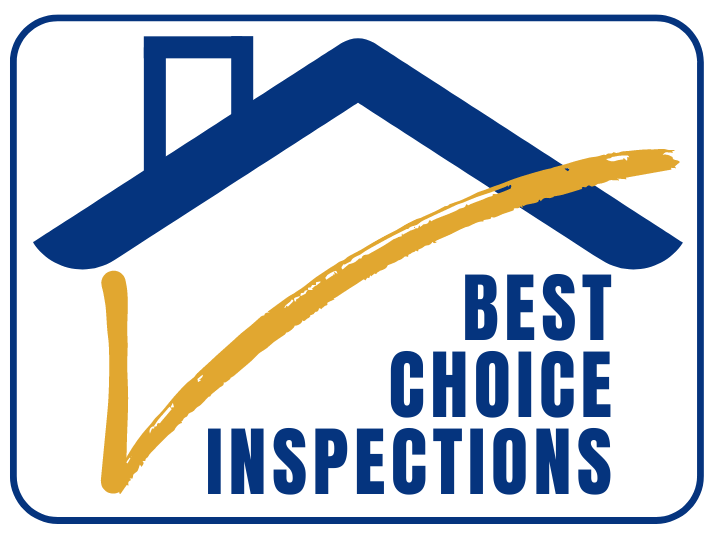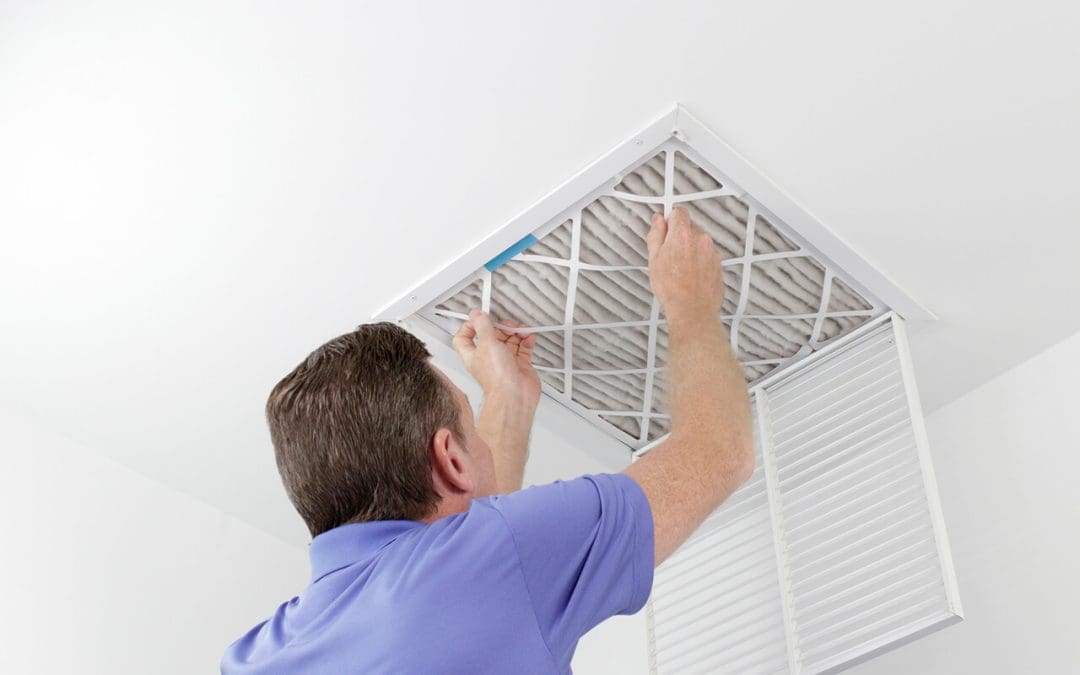If you are working on improving air quality at home, there are some simple changes you can make. The air inside is affected by outside factors, but there are chemicals and allergens indoors that also cause poor air quality. Here are 7 tactics you can use to improve the air inside your home.
1. Vacuum Often to Improve Indoor Air Quality at Home
Carpet traps dust, dirt, and dander. Vacuum the floors and furniture at least once a week, or more often if you have pets or a lot of foot traffic, to remove these pollutants. If possible, use a machine with a high-efficiency particulate air (HEPA) filter. HEPA filters trap 99.7% of all particulates that are .3 microns or larger.
2. Maintain the Heating and Air Conditioning Units
HVAC units have air filters that clean the air as it is pumped through the home. Change the filters on the manufacturer’s recommended schedule. Dirty air filters spread dust and other particulates throughout the house. Set reminders on your phone to change your HVAC filter every few months or as needed.
You should also have your ductwork professionally cleaned at least every other year. This deep cleaning removes dust, mold, and other contaminants that may have settled in the ducts.
3. Dust Properly
Improving air quality at home includes removing dust. If you don’t capture the dust while you are dusting, you are just releasing it back into the air. Invest in some microfiber dusting cloths. Use an all-natural or homemade dusting solution to effectively capture the dust. Begin at the highest surfaces and work your way down.
4. Using the Windows for Improving Air Quality at Home
Keep the windows closed on humid days with poor air quality, but on other days, open the windows for at least 15 minutes to let fresh air inside the home. Check your local weather to find out air quality conditions. Some negative factors are forest fires and pollen counts.
5. No Smoking or Vaping Indoors
Make your house a smoke-free zone. Smoking cigarettes and vaping can dramatically lower indoor air quality at home since both produce unhealthy chemicals. Smokers should go outside, away from open windows and doors. Otherwise, smoke will float back into the home.
6. Watch for Mold
Mold often grows hidden in dark, damp places, so check for it periodically. Look under kitchen and bathroom sinks for slow leaks. Leaky roofs can foster a mold infestation. Watch for any discoloration on walls. Mold spores float throughout the air and are a health risk that affect your air quality at home.
7. Avoid VOCs
Volatile organic compounds, or VOCs, and other unhealthy chemicals are found in certain household cleaners, paints, particleboard furniture, and personal care products. Introducing VOCs into your home is bad for indoor air quality.
Know what products contain VOCs and choose options that don’t contain them when possible. For instance, you can find VOC-free paint and make your own household cleaners out of vinegar, baking soda, and essential oils.
Best Choice Inspections provides home inspection services, including VOC testing and mold inspections, to the Knoxville area. Contact us to book our services.

